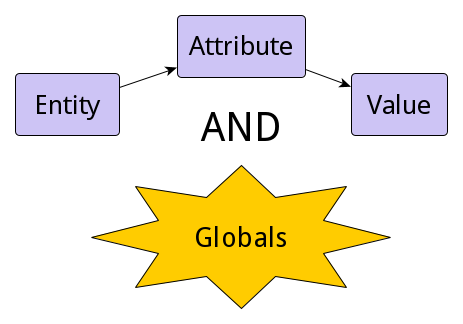These days the vast majority of applications are deployed on public cloud services. There are multiple advantages, including the reduction in human and material resources needed, the ability to grow quickly and cheaply, greater availability, reliability, elastic scalability, and options to improve the protection of digital assets. One of the most favored options is the Google Cloud. It lets us deploy our applications using virtual machines (Compute Engine), Docker containers (Cloud Run), or Kubernetes (Kubernetes Engine). The first one does not use Docker.
Suppose you have developed your own app with InterSystems technologies stack and now want to perform multiple deployments on the customers' side. During the development process you've composed a detailed installation guide for your application, because you need to not only import classes, but also fine-tune the environment according to your needs.
To address this specific task, InterSystems has created a special tool called %Installer. Read on to find out how to use it.

